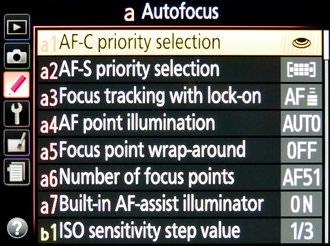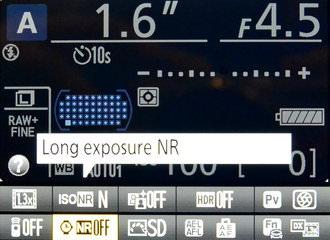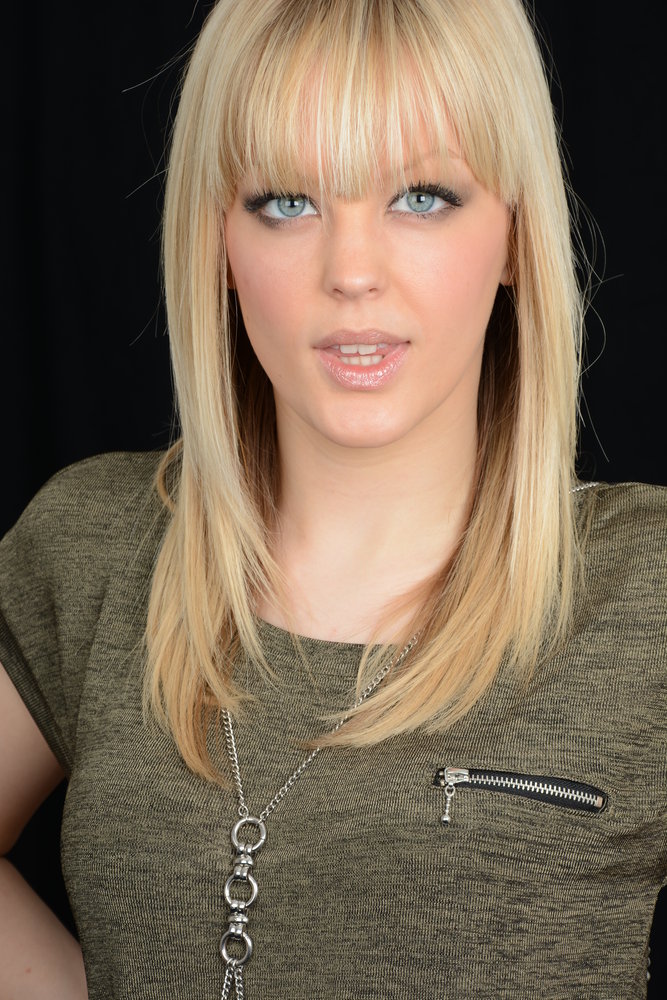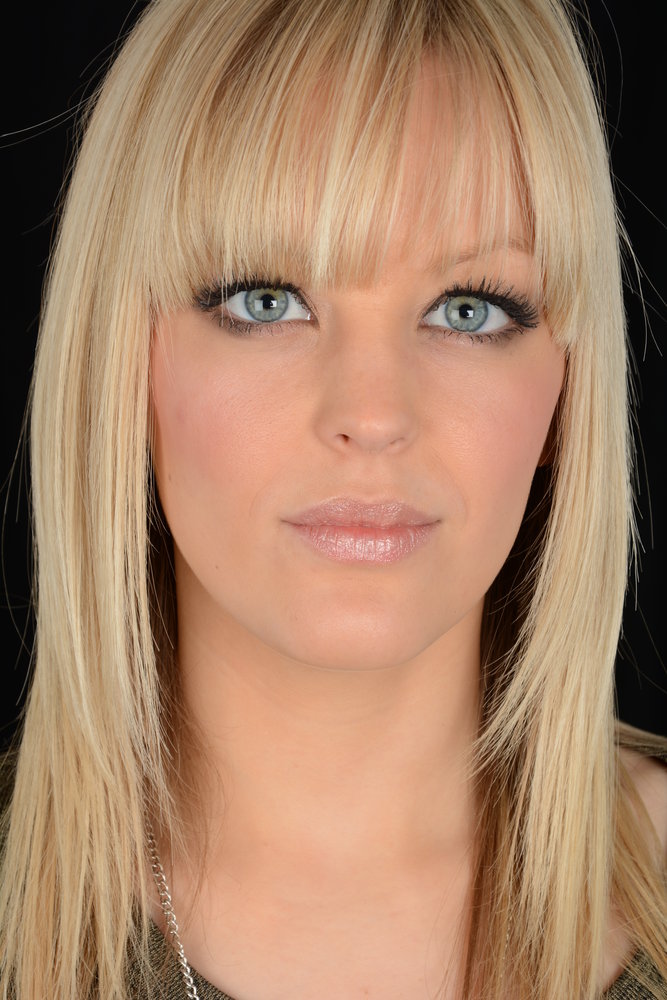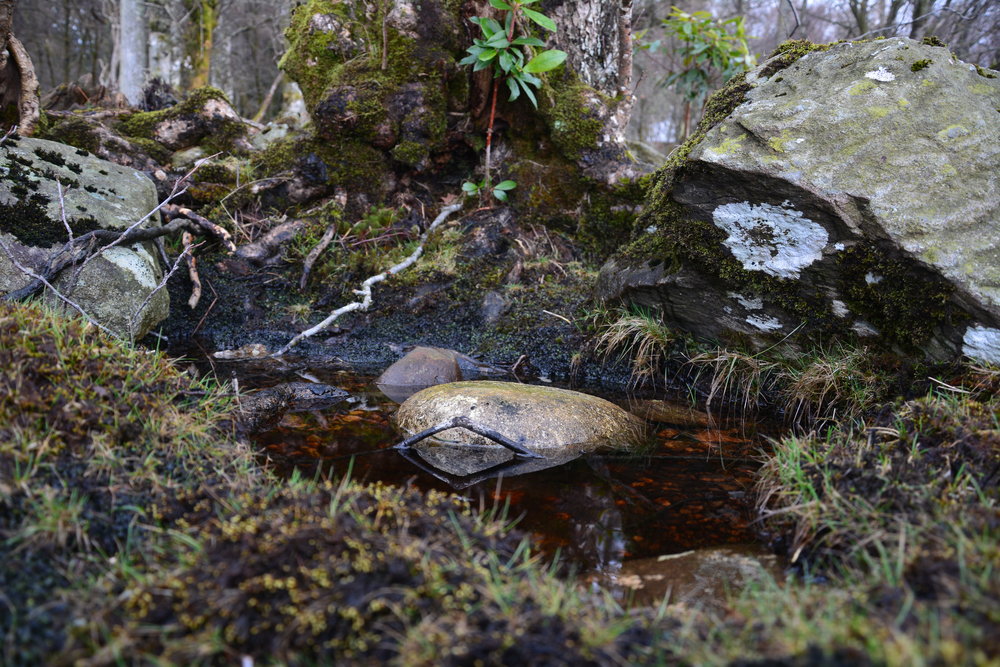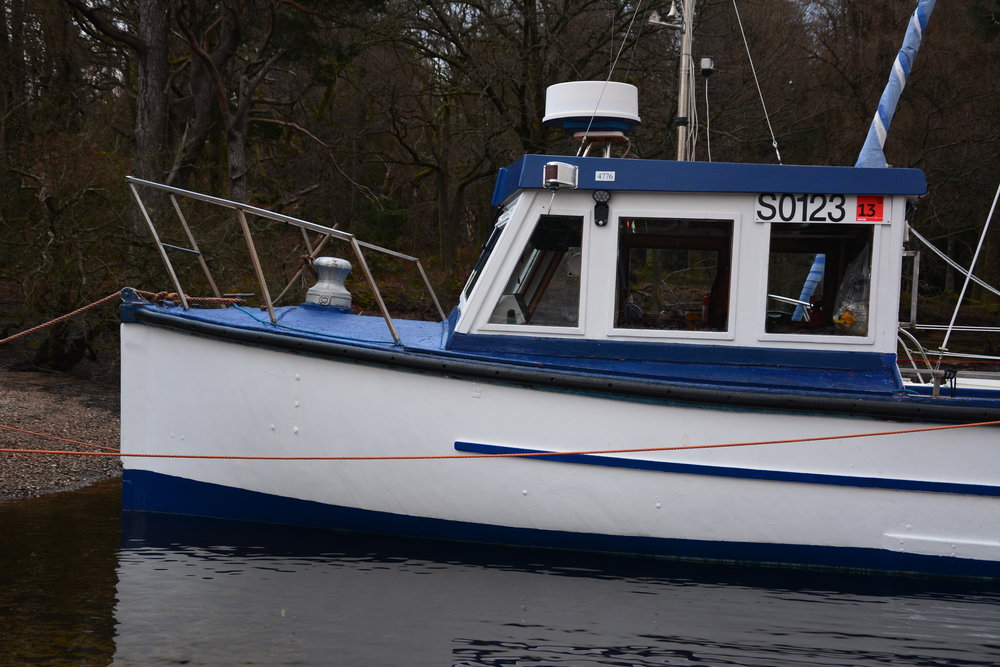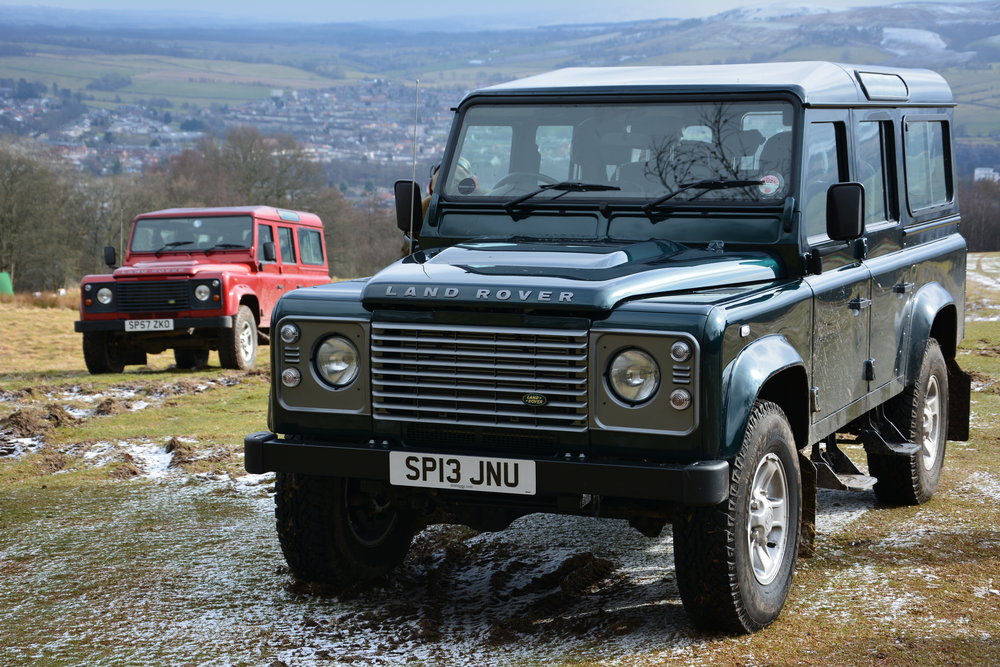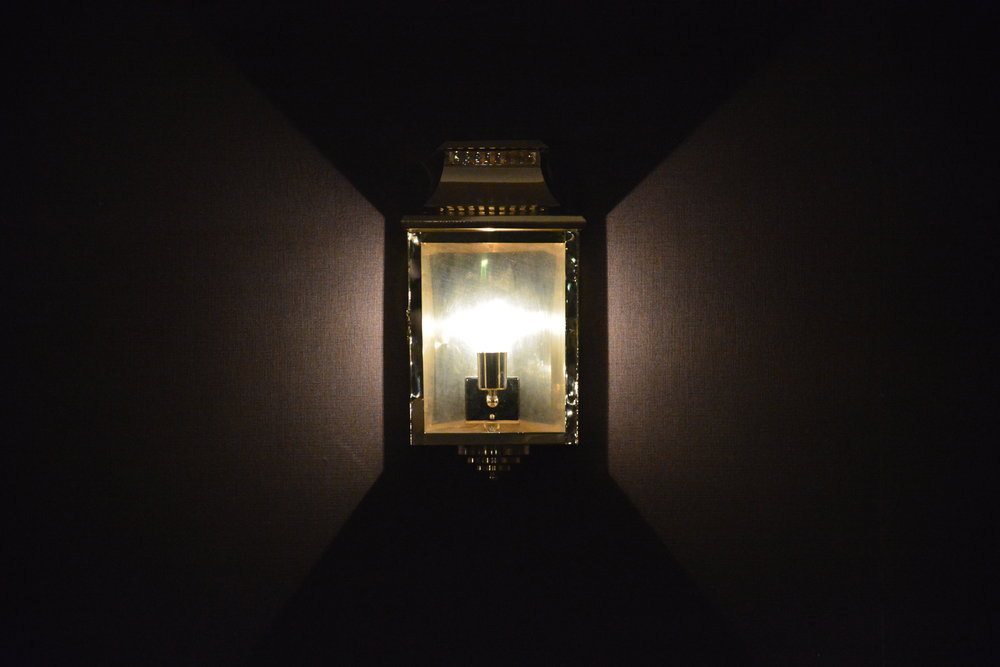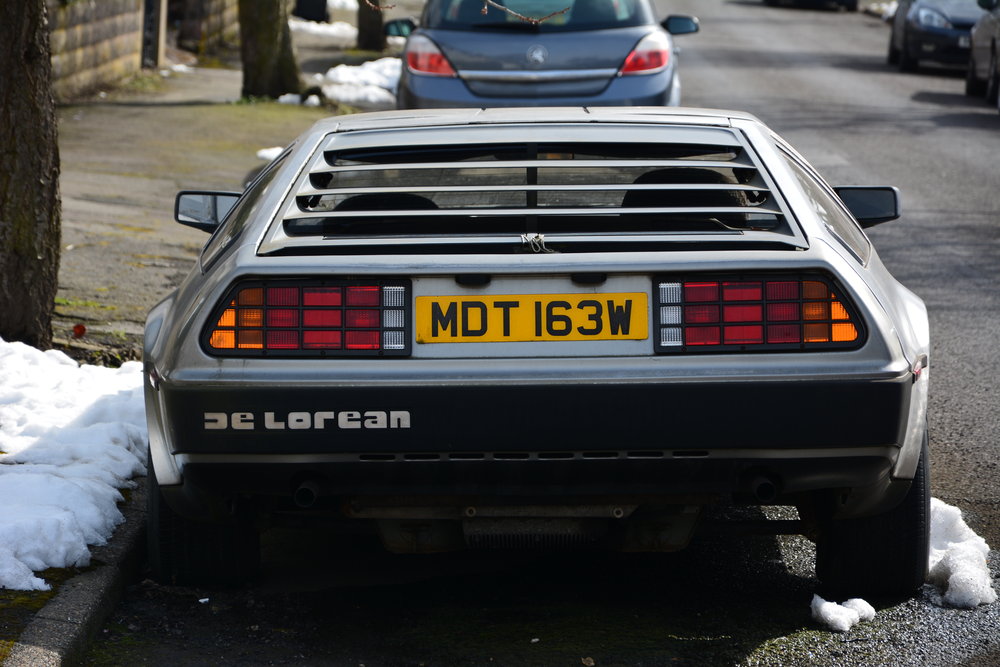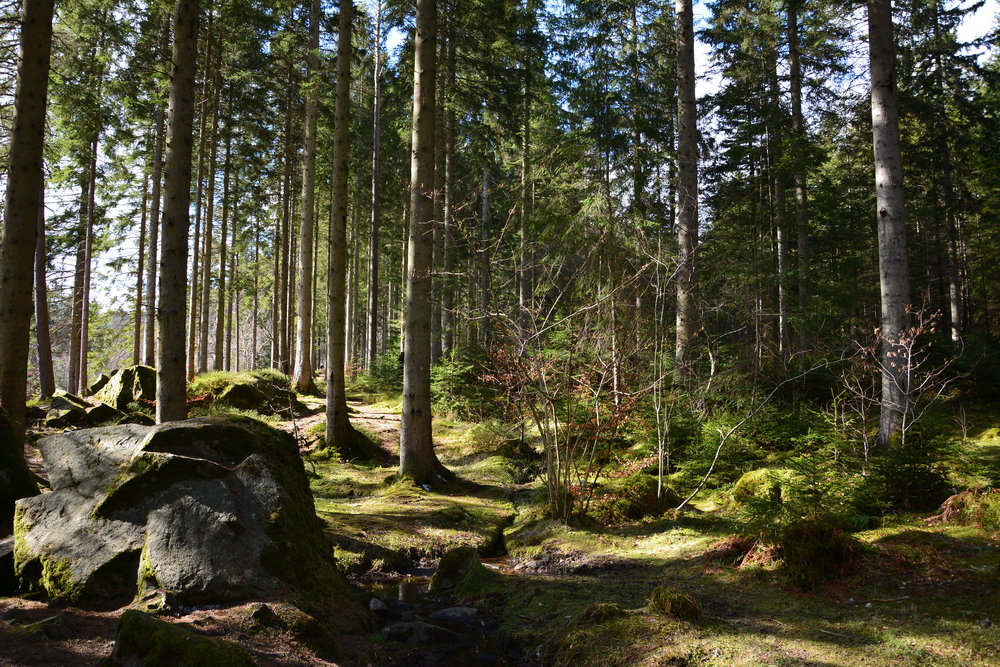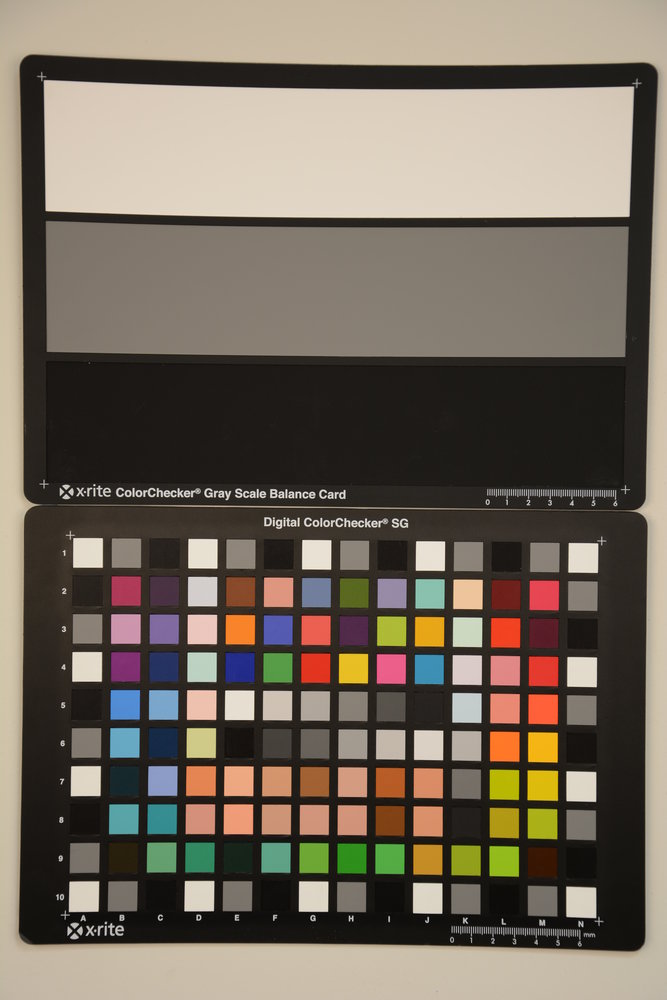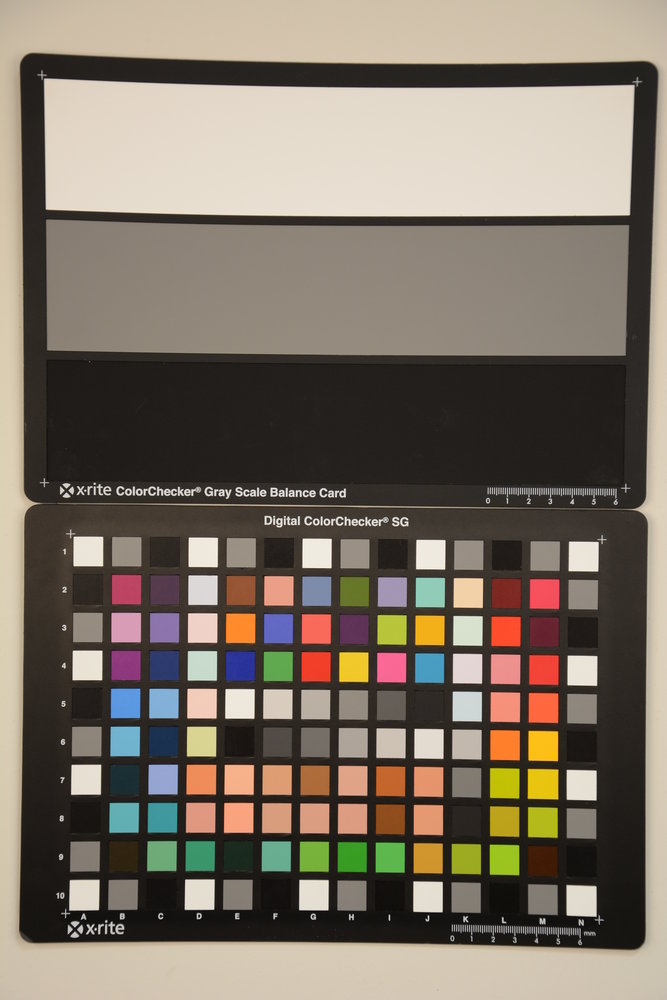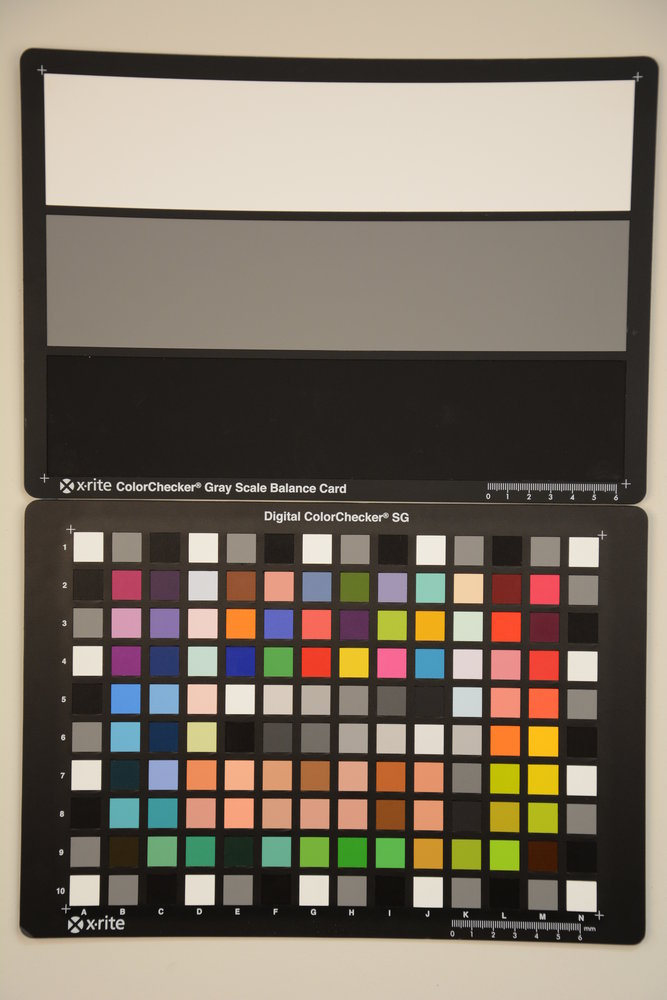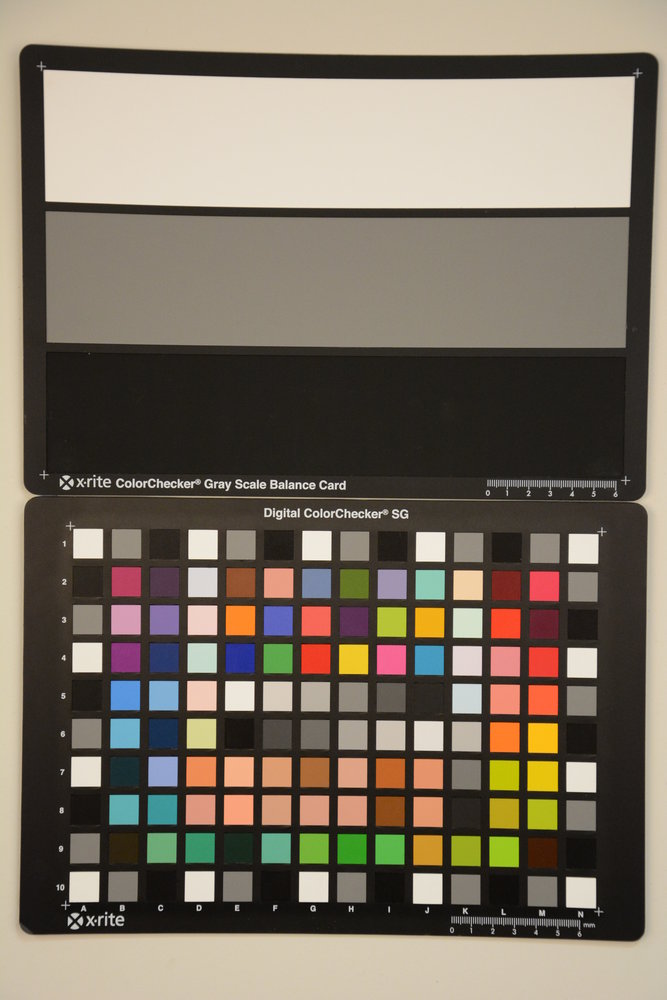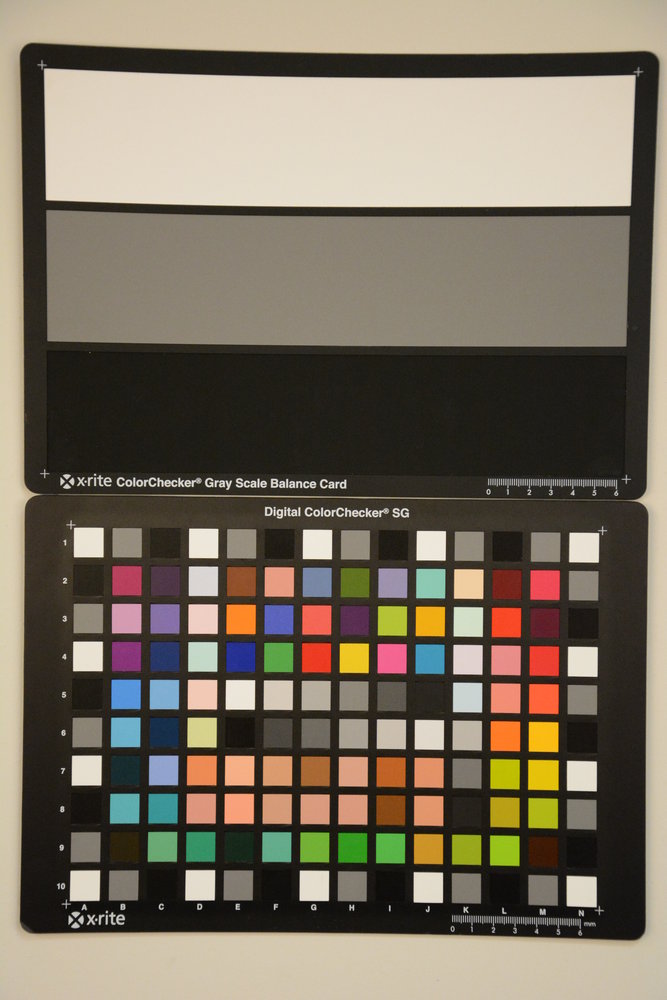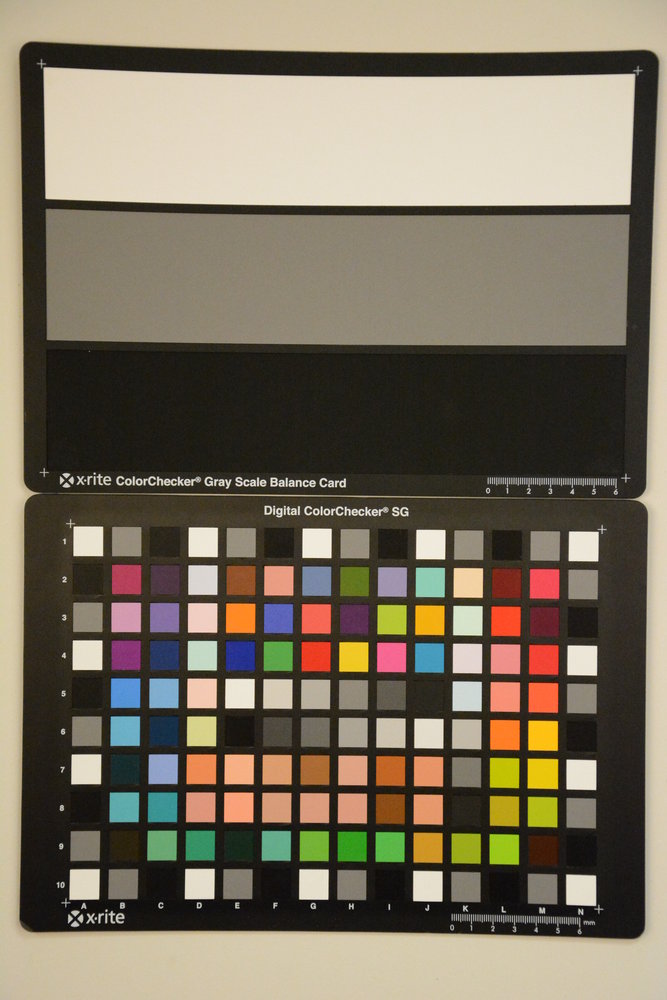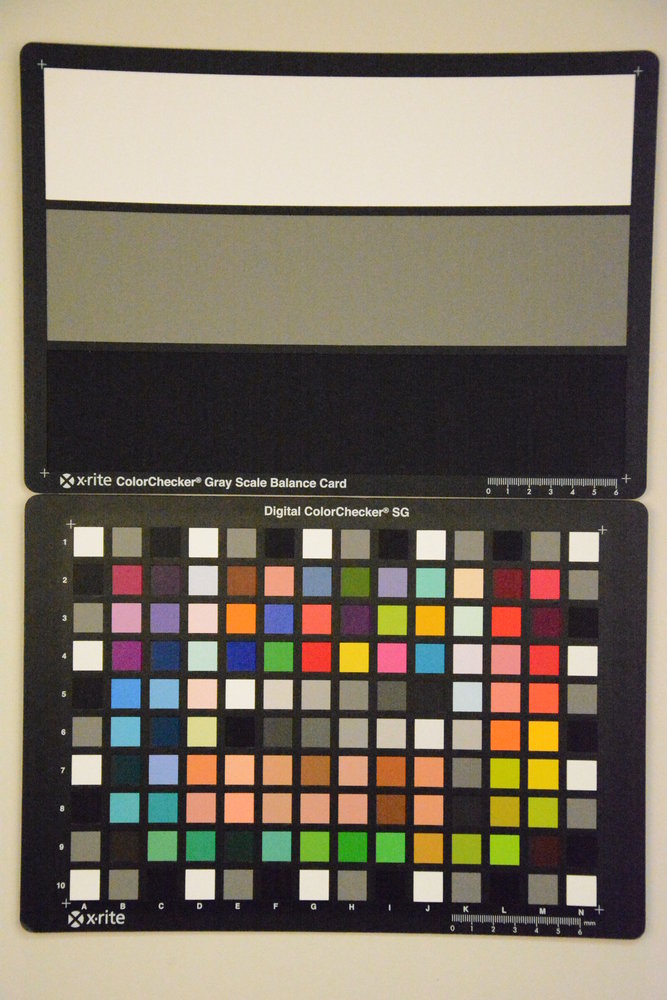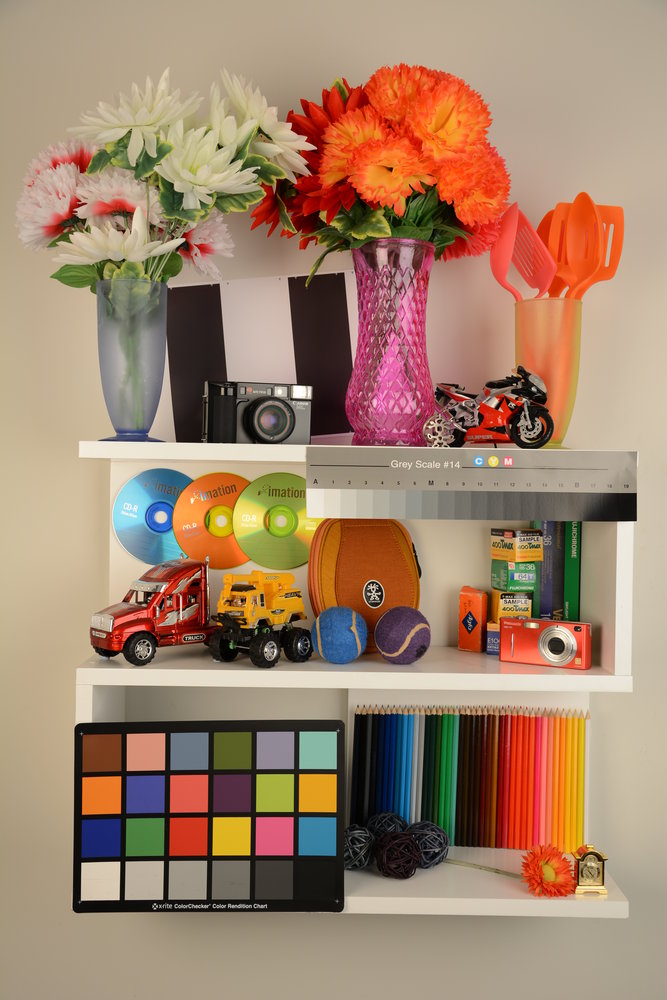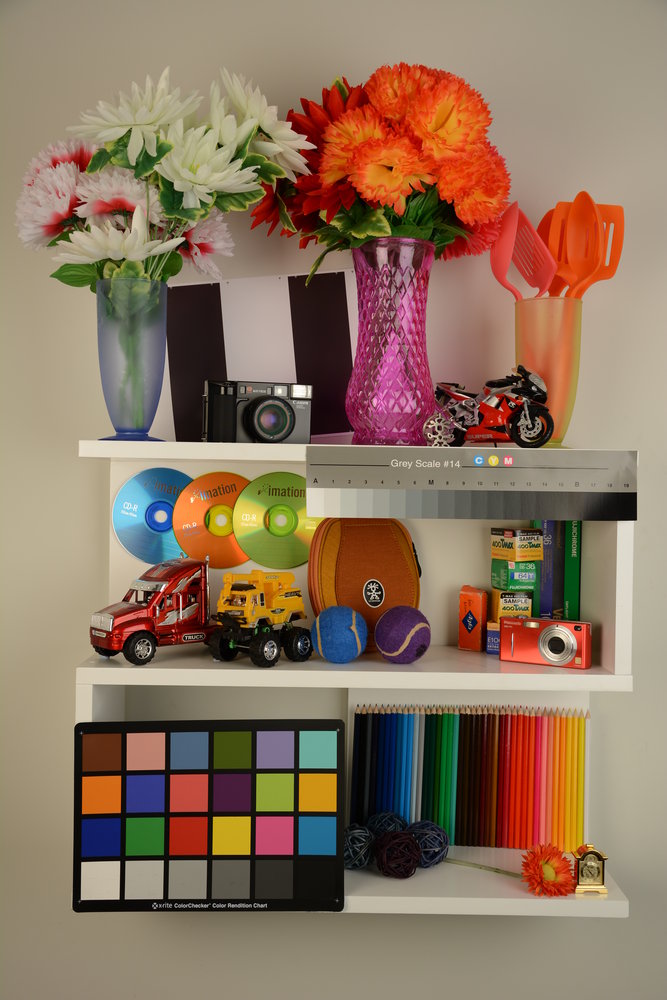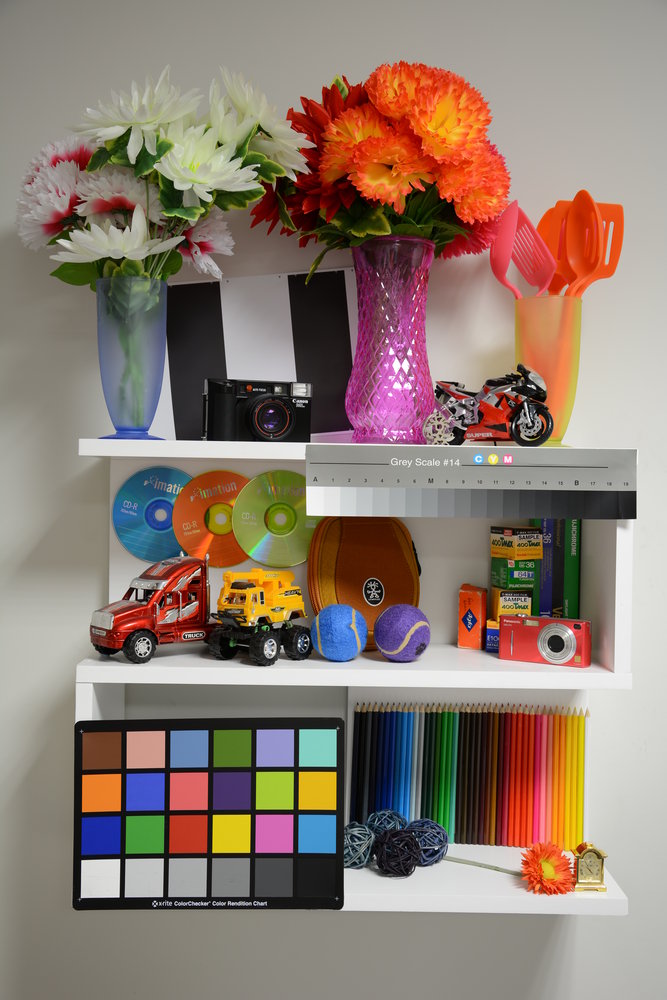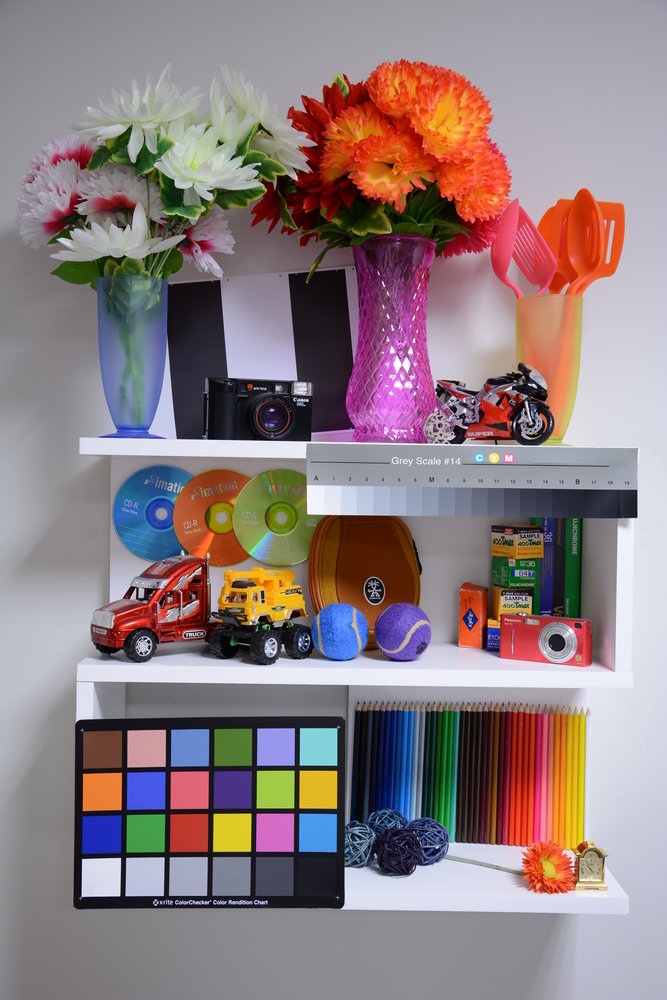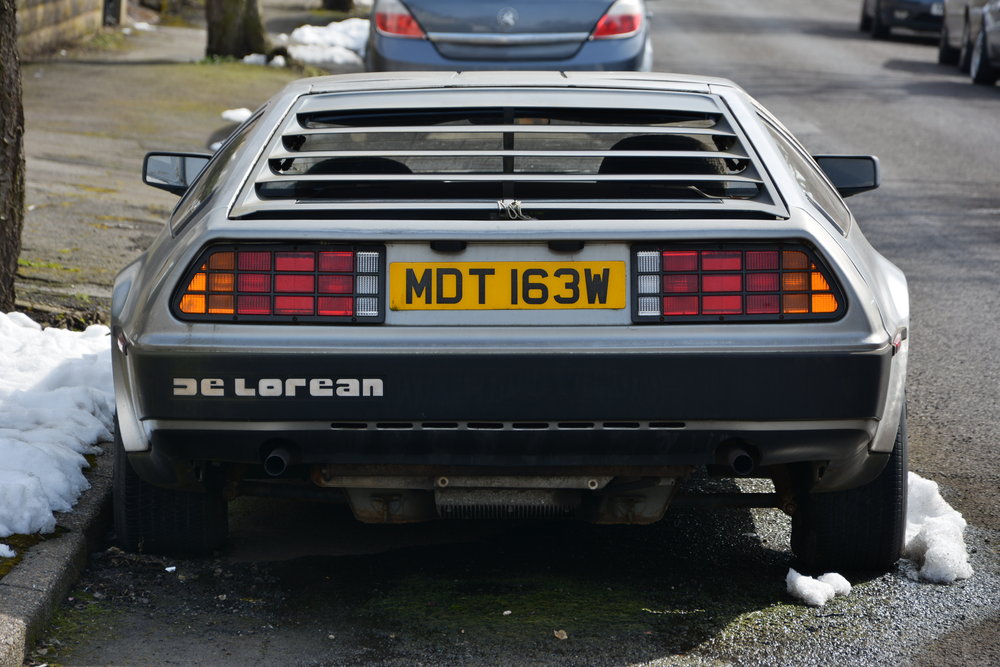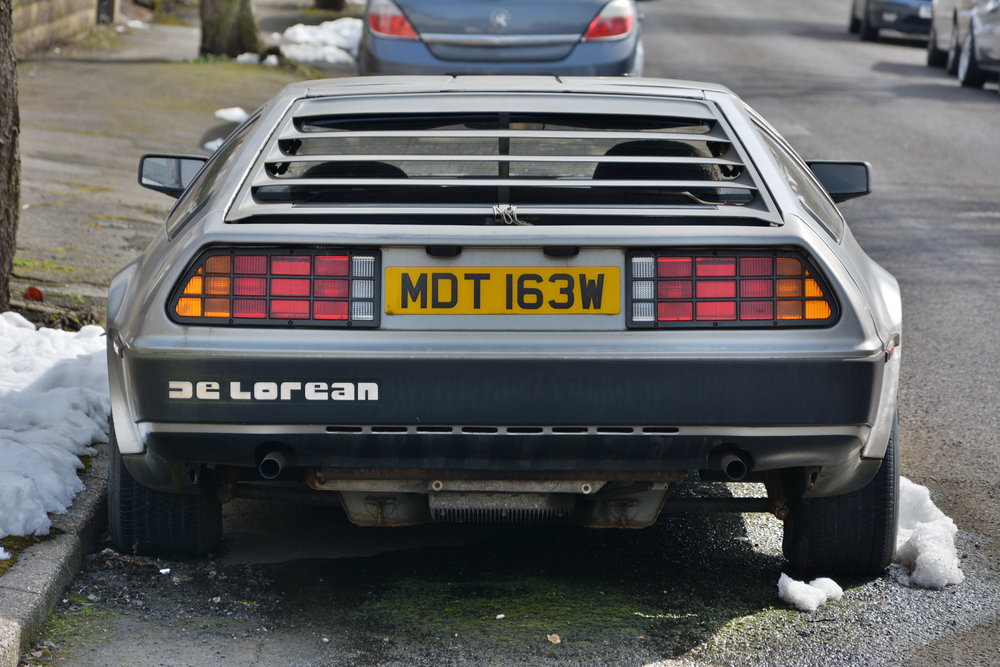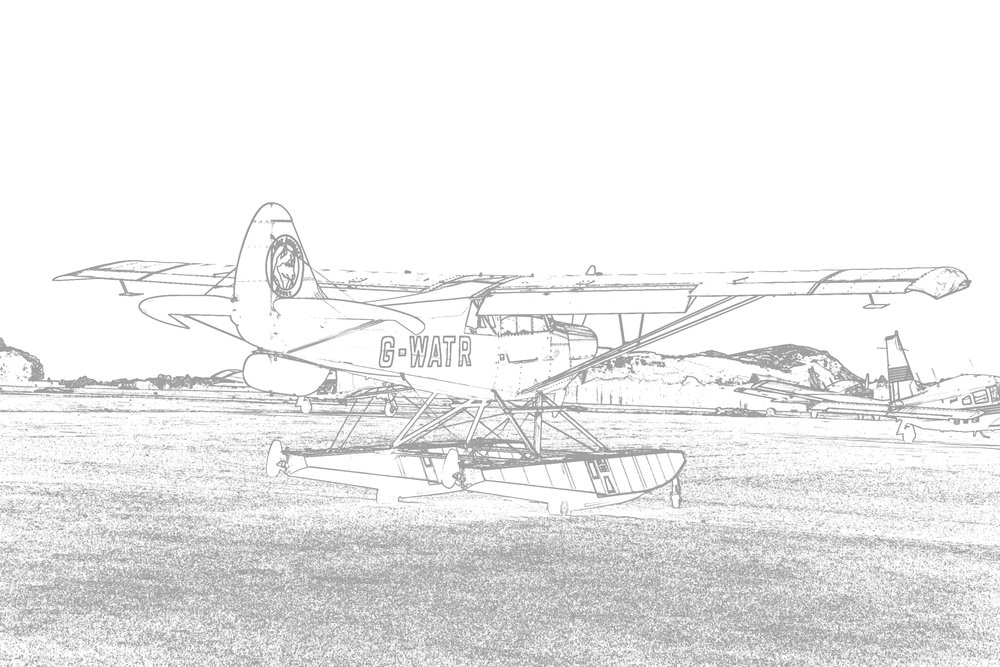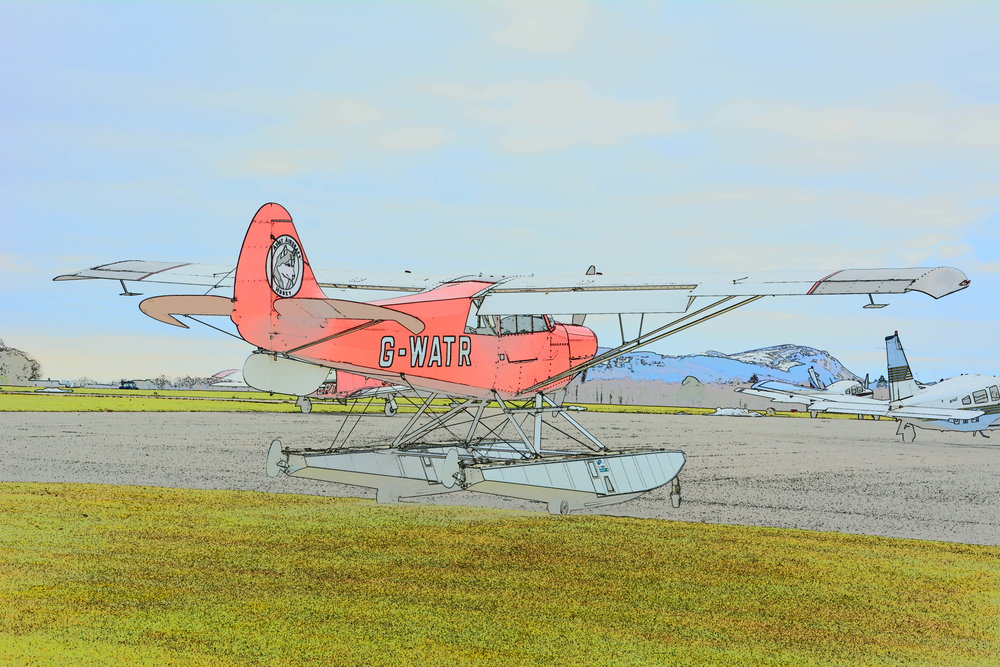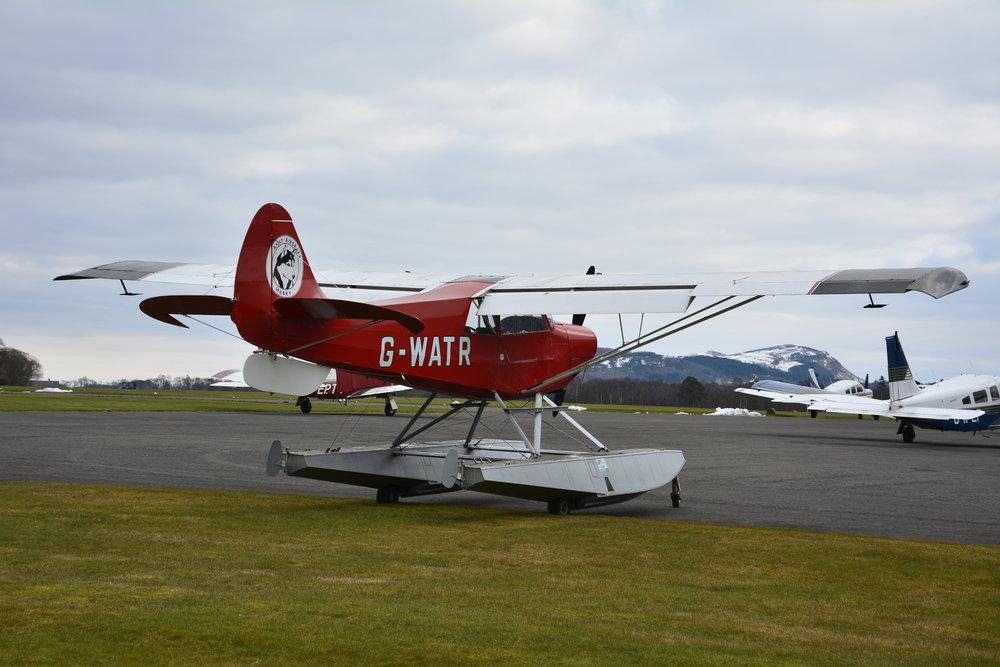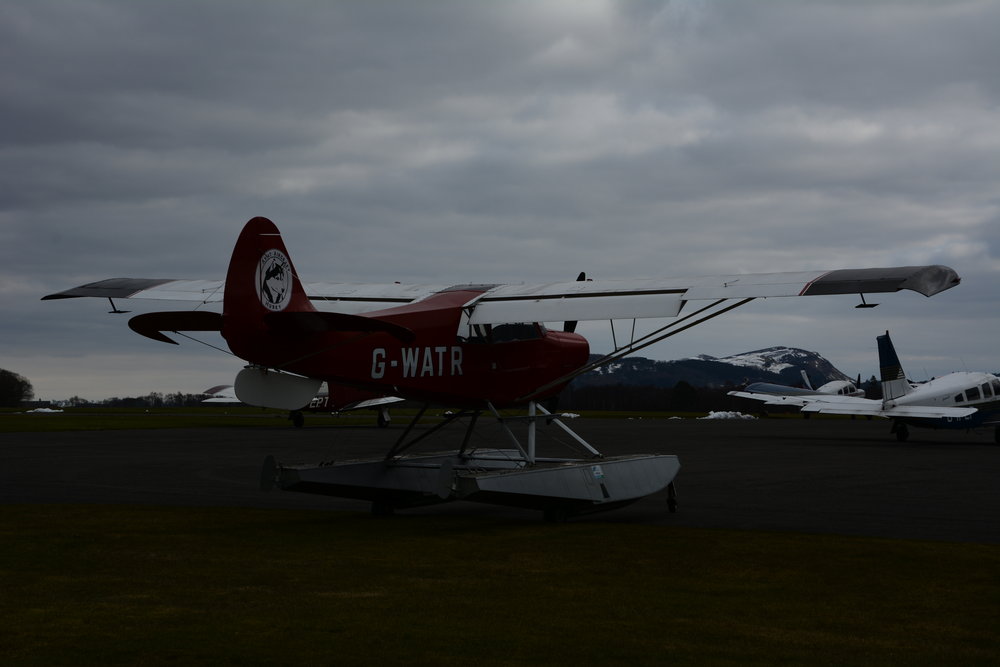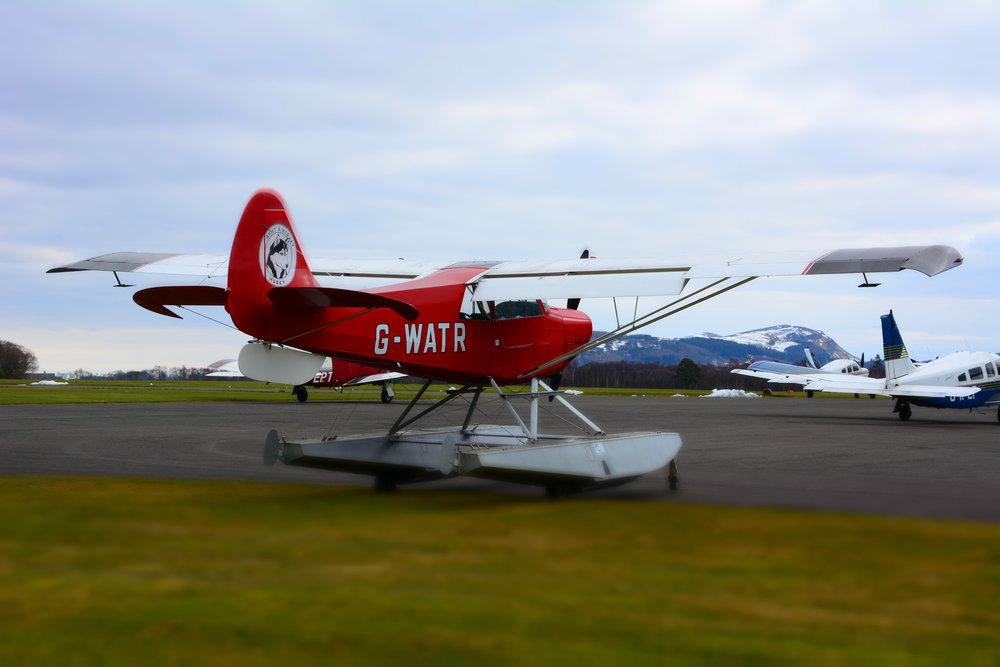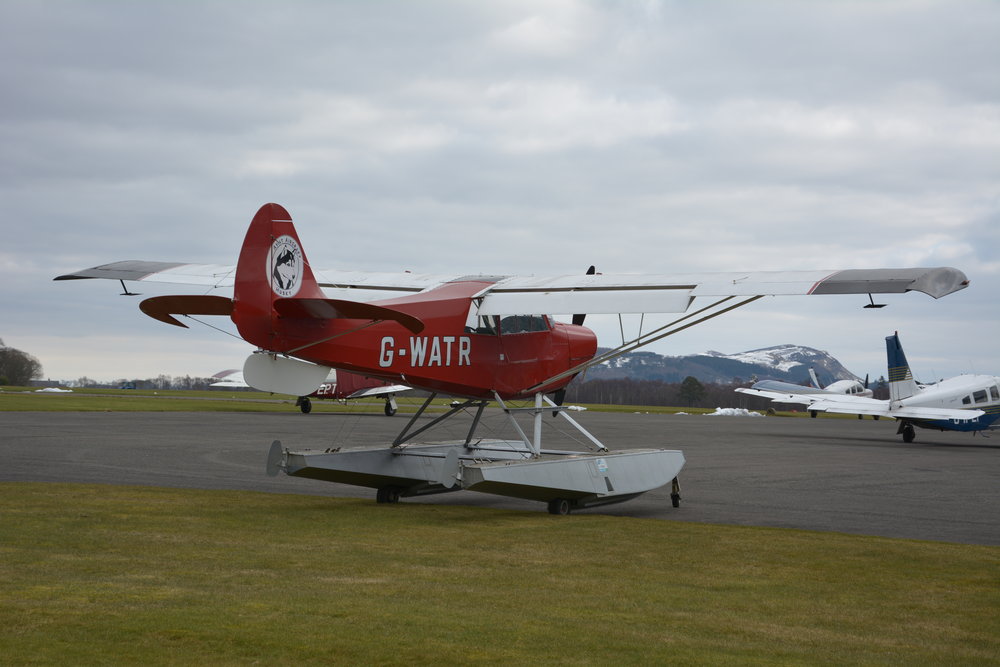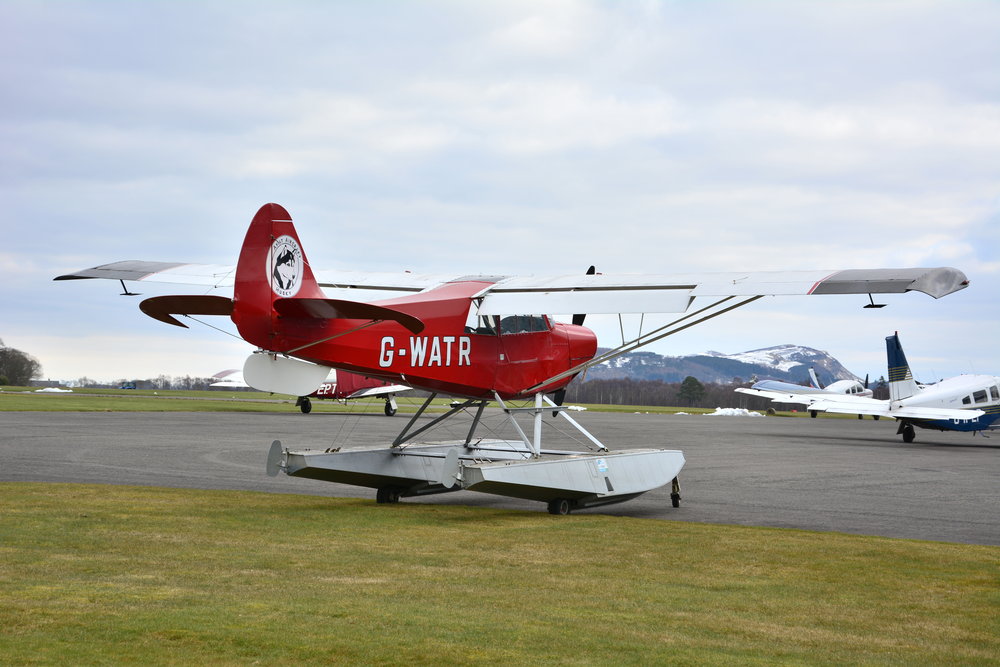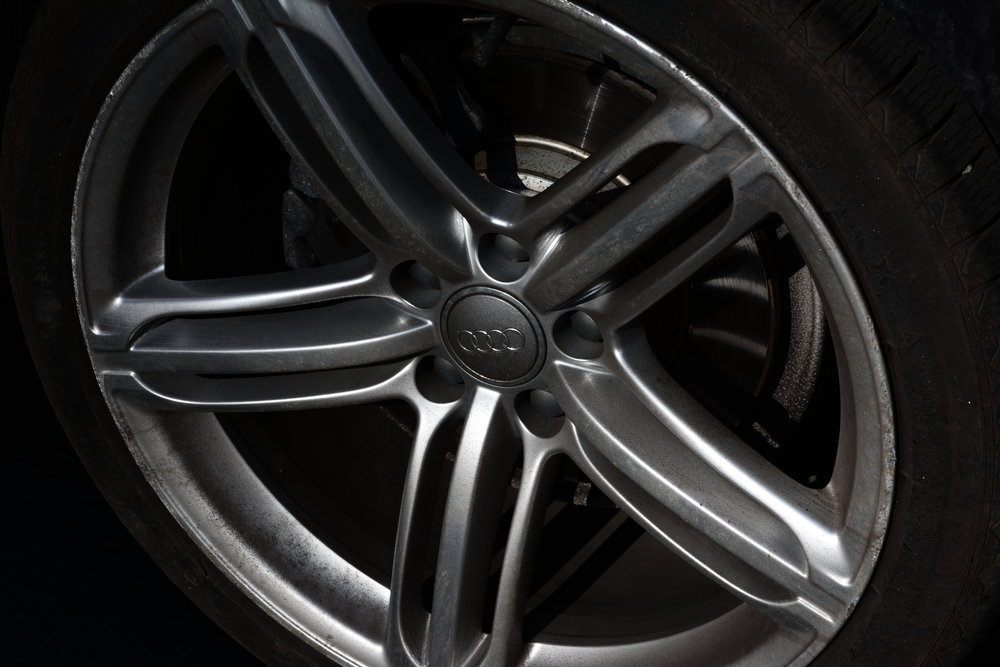Features
Handling
Performance
Verdict
Specification
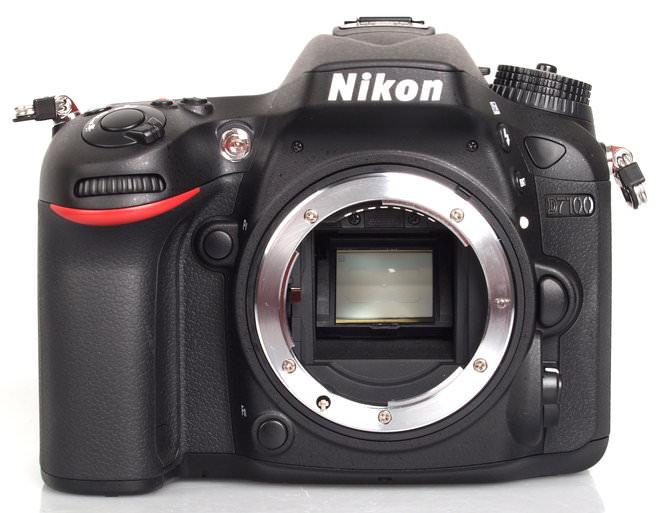
The Nikon D7100 is the long awaited update to the D7000, although it doesn't replace the D7000, it simply sits next to it. The Nikon D7100 has a new 24.1 megapixel APS-C DX sized sensor without the optical low pass filter (OLPF or AA Filter) - this should enabled sharp detailed images, and the camera offers 6fps continuous shooting, 51 focus points, and a number of other improves to make it the best DX camera to date, according to Nikon.
Nikon D7100 Features
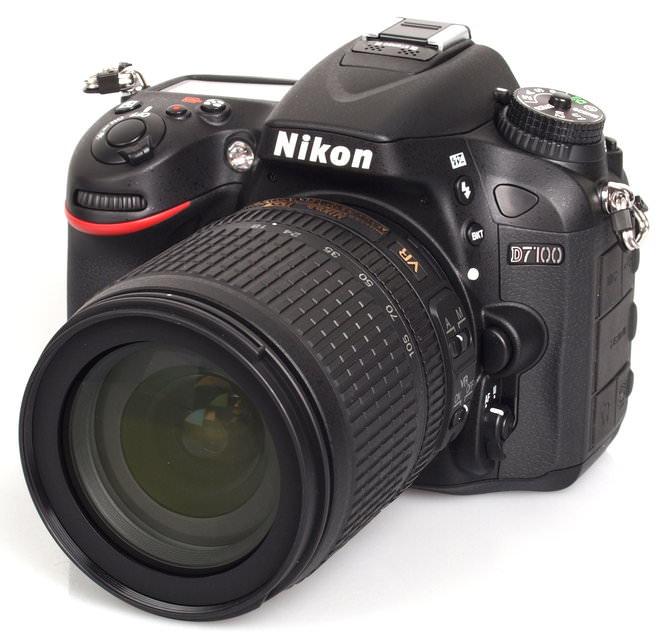
The new 24.1 megapixel DX sensor enables high speed shooting at 6fps shooting at full resolution, with a quicker 7fps continuous shooting mode at 1.3x crop giving 15.4 megapixel images. The camera sports dual SD card slots that are UHS-I 104 compatible, and on the back is a new 3.2 inch screen with 1,229k dots, featuring a 1000:1 contrast ratio.
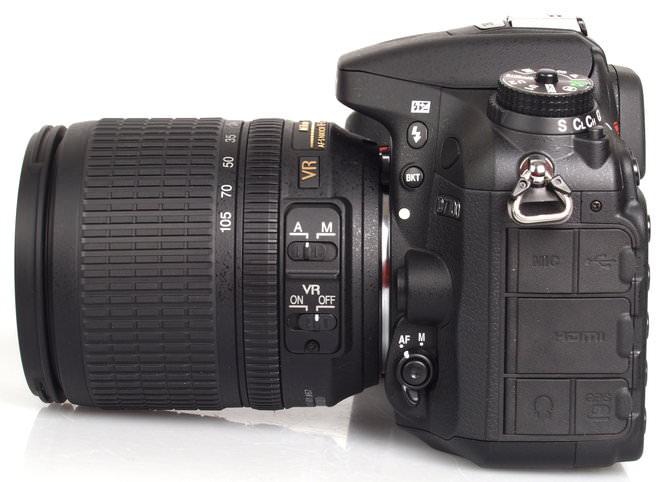
The D7100 features an updated 'i' button that gives quick access to settings on the back screen of the camera, and spot white balance has been introduced so that WB can be quickly set without the need of a grey card. The camera body features magnesium alloy and is weather sealed to the same standard as the Nikon D800. A virtual electronic horizon is available for shooting in portrait or landscape view, and the shutter mechanism has also been tested for 150,000 cycles.
Key Features
- 24.1-megapixel DX format CMOS sensor
- APS-C with no OLPF (Optical Low Pass Filter)
- EXPEED 3 image processor
- ISO sensitivity of 100-6400, extendable to 25600
- AF system: 51 focus points, 15 cross-type, up to f/8, -2EV
- 6 fps continuous shooting, 7 fps with 1.3x crop function
- 2,016-pixel RGB metering sensor with Scene Recognition
- Full HD Movie: 1080p up to 60i/50i and 30p/25p/24p, Stereo mics built into body
- Microphone / Headphone sockets
- High performance viewfinder: with approximately 100% frame coverage and 0.94x magnification
- 3.2inch 1229k-dot RGBW screen
- Durable body with magnesium alloy covers: sealed for dust, weather and drop resistance
- Dual SD memory card slots
- Improved ‘i’ button and Spot White Balance for quick and precise white balance setting in Live View
- Active D-Lighting (ADL): retains details in highlights and shadows for well-balanced images
- High Dynamic Range (HDR): combines two shots within a single shutter release to create detailed images of high contrast scenes
- Effects Mode: allows selected effects to be applied to both stills and movies in Live View
Nikon D7100 Handling

Handling - The improved 'i' button on the back gives quick access to controls on the rear screen of the camera. There is also a new mode dial with lock, as well as drive mode dial surrounding this, also with a locking button that needs to be pressed before the dial can be changed.
The Nikon D7100 feels comfortable to hold, and surprisingly compact for a top of the range APS-C sensor weather sealed Digital SLR. It has a redesigned front and rear rubberised hand grip, and these feel good in the hand, giving the thumb more to grip onto on the back. There are ample buttons on the rear, top and front to give direct access to a number of settings, and there is a front and rear control dial to quickly set or adjust aperture and shutter speeds in manual shooting modes. The camera weighs 690g body only, a slight increase over the D7000.
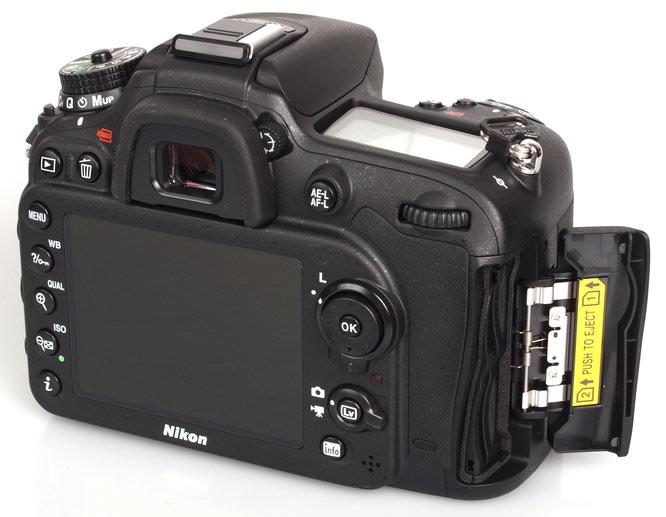
Menus – These should be familiar to anyone who has used Nikon menu systems before, with options spread over six main menus, each one colour coded, starting with playback, shooting, custom settings, setup, retouch and recent settings. The custom menus (below, left) gives all of the advanced settings and they are colour coded into sections as well. The right image below shows the rear screen when you press the i button to adjust settings. A video walkthrough of the menus can be found on our YouTube channel.
|
Custom settings |
i button pressed |
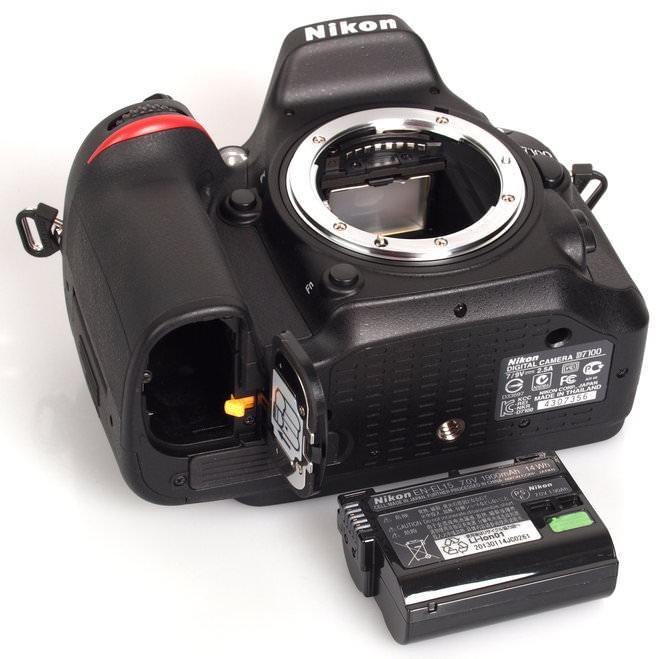
Battery life - The D7100 uses the EN-EL15 1900mAh battery, as used in a number of other Nikon cameras, including the Nikon D7000, D800, D800E and Nikon 1 V1. Battery life is rated at 950 shots, which is 100 less than the Nikon D7000's rating of 1050 shots.
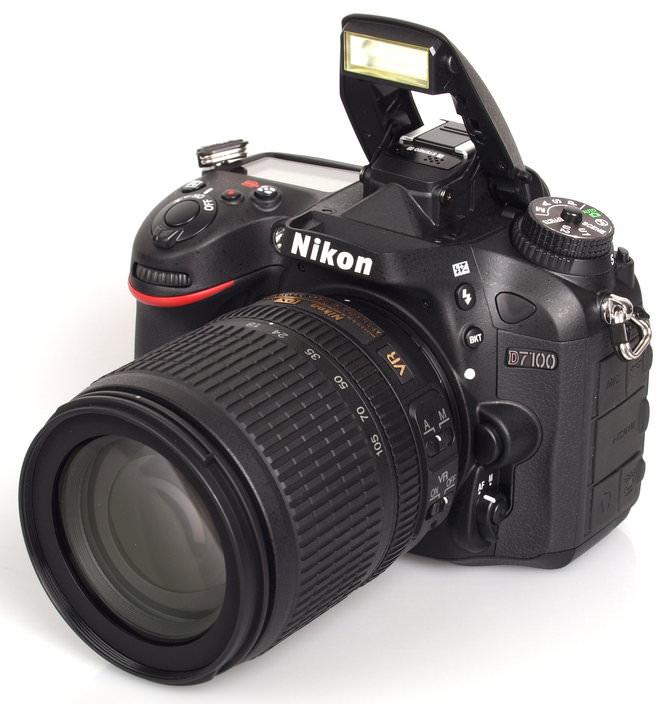
Speed - We took a number of shots to test the camera's responsiveness, from switch on to first photo, shot to shot, focusing speed etc. We take a number of shots and then use the average to ensure accurate and consistent tests, making it easy to compare with other cameras.
| Nikon D7100 | Sony RX100 | |
| Shutter Response | 0.05 | 0.0 |
| Wide - Focus / Shutter Response | 0.2 | 0.3 |
| Full zoom - Focus / Shutter Response | 0.2 | 0.3 |
| Switch on Time to Taking a Photo | 0.3 | 2.2 |
| Shot to Shot without Flash | 0.25 | 0.9 |
| Shot to Shot with Flash | 0.8 | 2.1 |
| Continuous Shooting - JPEG (shots before slow down) |
6fps (99 shots) 7fps (99 shots) crop |
7fps (speed priority mode, 15 shots) |
| Continuous Shooting - Flash | N/A | 1.6s |
| Continuous Shooting - RAW | 5fps (6 shots)* 6fps (8 shots) crop |
4fps (13 shots) |
Tested using 16GB Sandisk Extreme Pro 95MB/s U:1 card. Switching from JPEG to RAW slows the shooting speed from 6fps to 5fps, and using the crop (1.3x 15.4mp) mode, JPEG shooting speed increases to 7fps, and RAW to 6fps. Focus, shutter response, switch on time and shot to shot time are all excellent.
* 6/8 shots before slowdown, RAW Norm/Crop, 99 shots before completely stopping, JPEG
Nikon D7100 Performance
Additional sample photos and product shots are available in the Equipment Database, where you can add your own review, photos and product ratings.
Nikon D7100 Sample Photos
Sample Photos - The camera gives pleasing skin tones, with excellent results under our controlled lighting in the portrait shots. Colour is very good, and the camera delivers good levels of detail.
Nikon D7100 Lens test images
Lens Performance - The 18-105mm VR kit lens provides a useful zoom range, and has a closest focusing distance of 45cm, which is best when using the full telephoto zoom. Purple fringing is evident in areas of high contrast and worsens towards the corners, but is not an issue in the majority of shots. Barrel distortion is visible at the wide end of the lens and pincushion distortion at the telephoto end, although this can be corrected in camera by switching on the Auto Distortion Correction feature.
Dynamic range is good, with the camera giving reliable exposure in a variety of conditions. Dynamic range can be extended using the Active D-Lighting option, or alternatively the built in HDR shooting mode, examples of this can be found below.
Nikon D7100 ISO test images
ISO Noise Performance - Noise performance is excellent with good results right up to ISO3200. It's at ISO6400 that noise becomes more noticeable, and detail suffers although results are still very good. At ISO12800 detail is lost further but results may still provide useful. Noise is worst at ISO25600 as expected, although noise performance is better at these higher ISO settings than the D7000 despite a higher number of pixels.
Nikon D7100 White-balance test images
White Balance Performance - Auto White Balance (AWB) performance is impressive under tungsten light with a very slightly warm result, and a more neutral result using the tungsten preset. AWB is again very good under fluorescent lighting, with the fluorescent preset giving an excellent result. White balance settings can be altered easily on screen.
Nikon D7100 Other sample images
HDR can be enabled in camera, when shooting JPEG only, we've shown two examples above, with the option set to normal and high. There are additional settings of low and very high, or auto, and the camera will automatically combine 2 shots to create the shot.
Nikon D7100 Digital filters
Digital Filters - The camera doesn't feature a built in panoramic mode, instead you will need to do this manually on your computer. Effects on the mode dial lets you shoot with a number of different effects applied. The effects available are: Night vision, colour sketch, miniature, selective colour, silhouette, high key and low key. A number of additional effects can be applied in playback. Picture control lets you choose from standard, neutral, vivid, monochrome, portrait or landscape and these can be customised letting you adjust sharpening, contrast, brightness, saturation and hue.
Video - Video options are 1920x1080 resolution at 30/25/24p with 720 at 60/50p, quality: high or normal. You can set to microphone sensitivity manually or leave it on auto, as well as set which SD slot you want videos recorded to. You can also set whether you want to record from the 1.3x cropped area.
Value For Money
The Nikon D7100 was introduced with an RRP of £1099, which is the same introduction RRP price of the D7000 when it was announced in 2010, and it's available for around £969 body only. Other cameras at a similar price point to the D7100 include the Pentax K-5 IIs (£859, 16mp, 7fps), also with a removed AA filter, the Sony Alpha A77 (£830, 12fps) with 24 megapixel sensor, and the 18 megapixel Canon EOS 7D (£930, 8fps).You'll also need to buy a memory card and a case or bag to keep your camera safe and protected - have a look at our complete guide to camera bags.
Nikon D7100 Verdict
The Nikon D7100 offers a compelling set of features, in a well built weather sealed body with a great looking 3.2inch screen. An updated 51 point focus system ensures focus is rapid and reliable, with the camera responding quickly. The camera features 6fps shooting in JPEG for 99 shots, which can be increased to 7fps when using 1.3x crop mode, although this isn't as quick as the Canon EOS 7D, or the Sony Alpha A77 with 12fps shooting.The Nikon D7100 is one of very few crop (APS-C) sensor Digital SLRs without the OLPF, with the only other similar price Digital SLR, the Pentax K-5 IIs, featuring a lower resolution 16 megapixel sensor. This means the Nikon D7100, with 24 megapixel sensor, is capable of producing some of the sharpest images we've seen from an APS-C Digital SLR. As we found with the Nikon D800E, without OLPF, correct technique and attention to detail is important to achieve the sharpest results, but for those that are looking to get the best image quality possible, the additional effort is well worth the time.
The Nikon D7100 is an impressive update to the D7000, providing a higher resolution 24 megapixel APS-C sensor, but not only that, it also provides the ability to take the sharpest possible images thanks to the lack of optical low pass filter (OLPF). Although for optimum performance and for best results care should be paid to the quality of lenses used. The Nikon D7100 is introduced at a competitive price point, and it certainly makes this camera highly recommended.
Read our Nikon D7100 vs D7000 Comparison Review.
